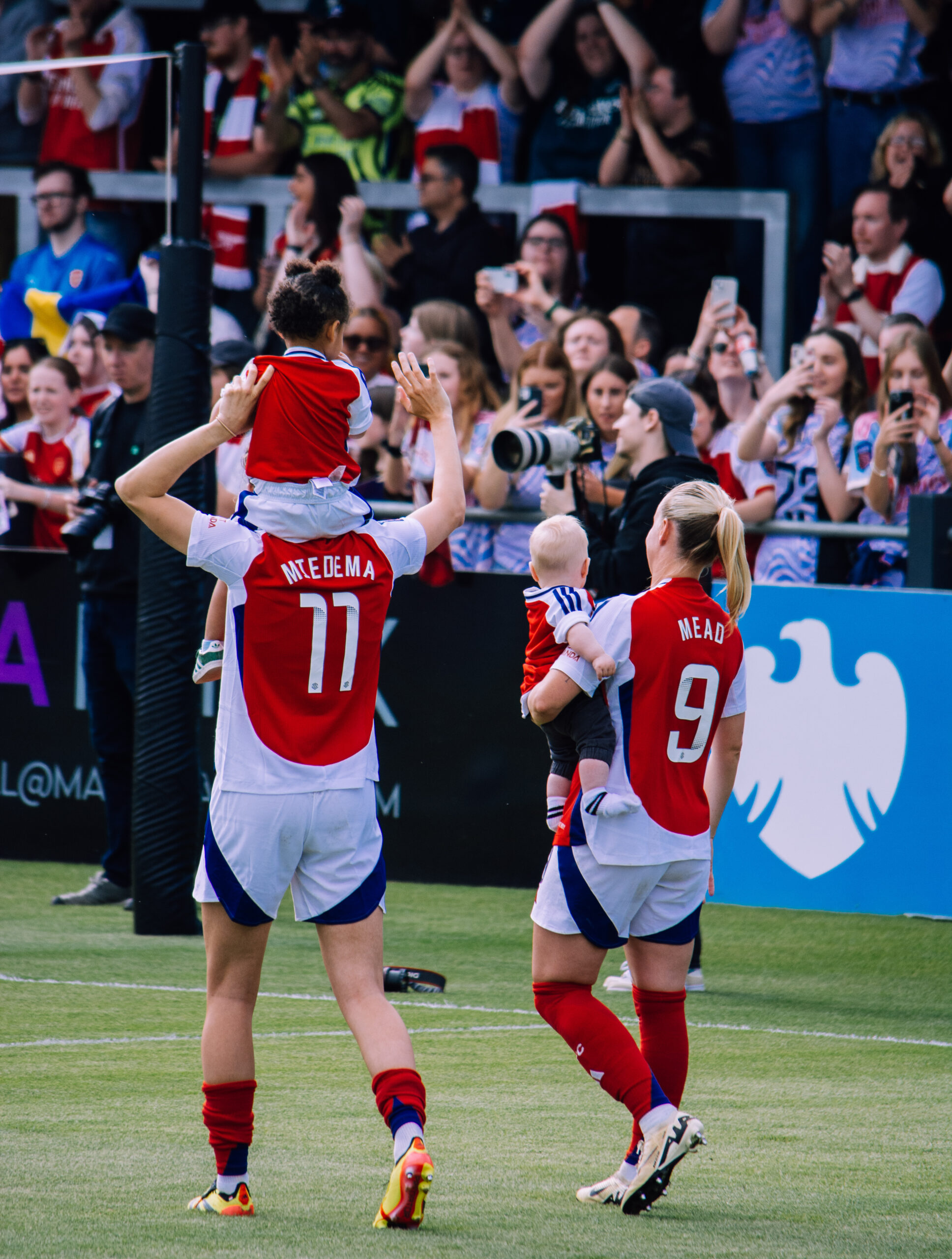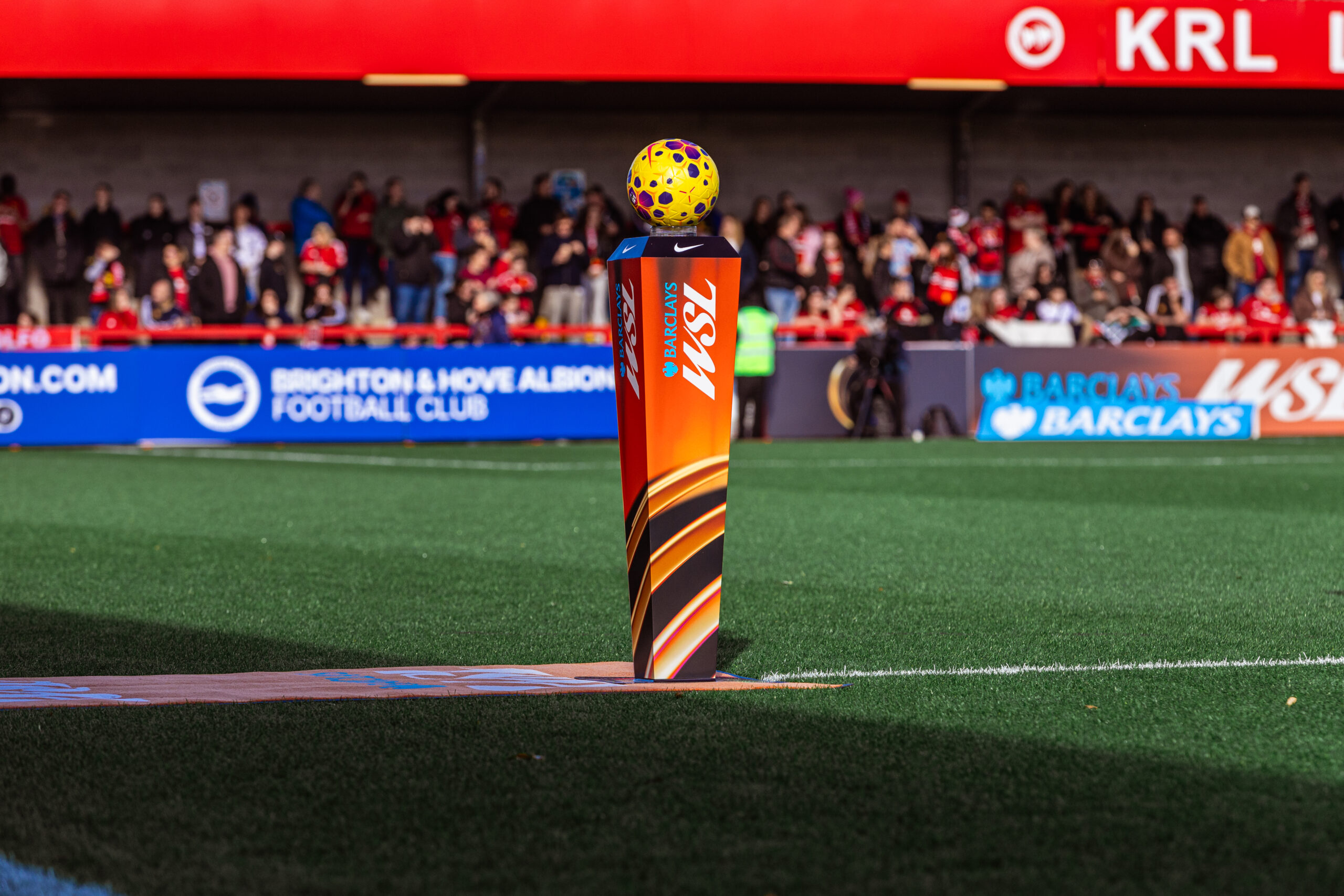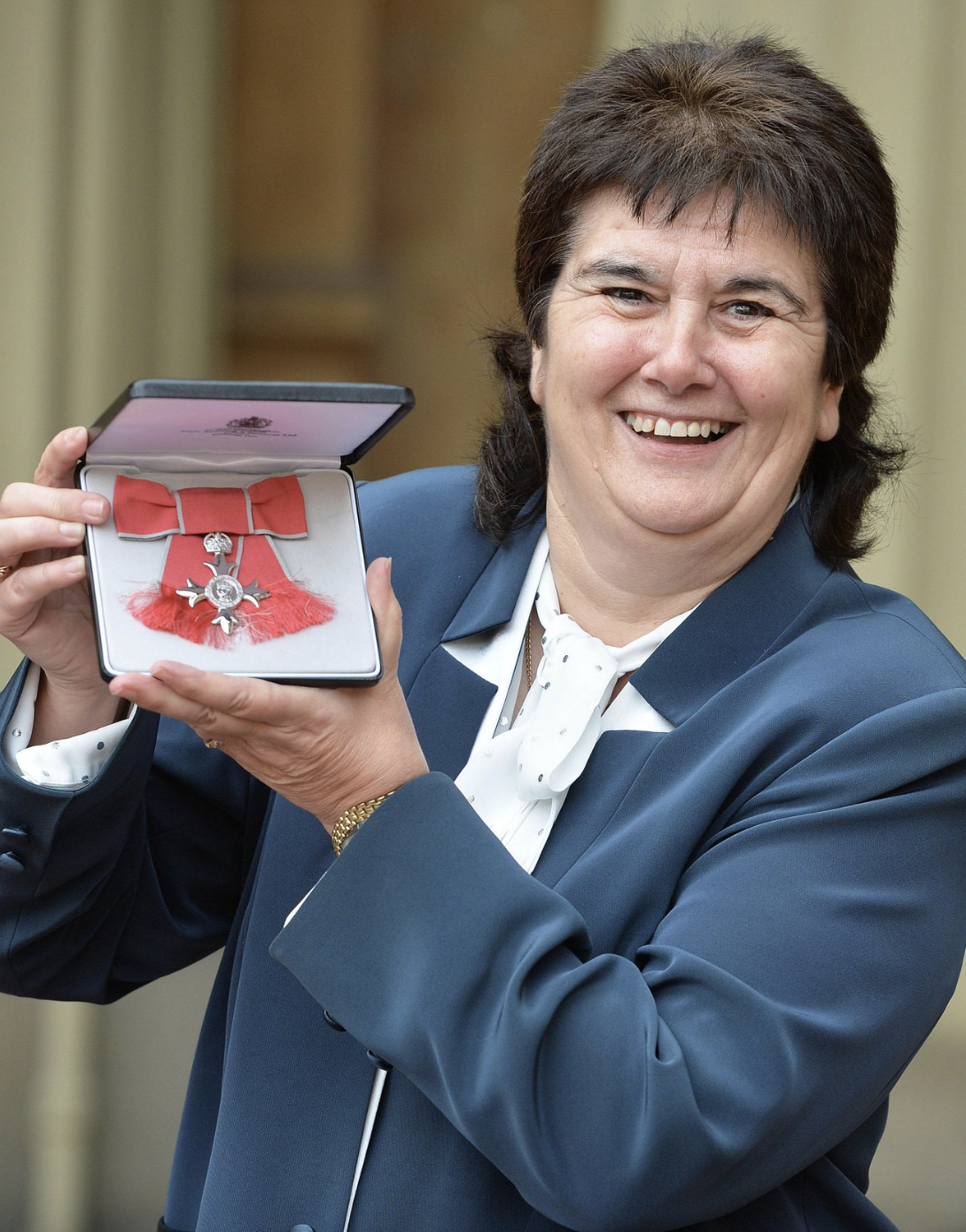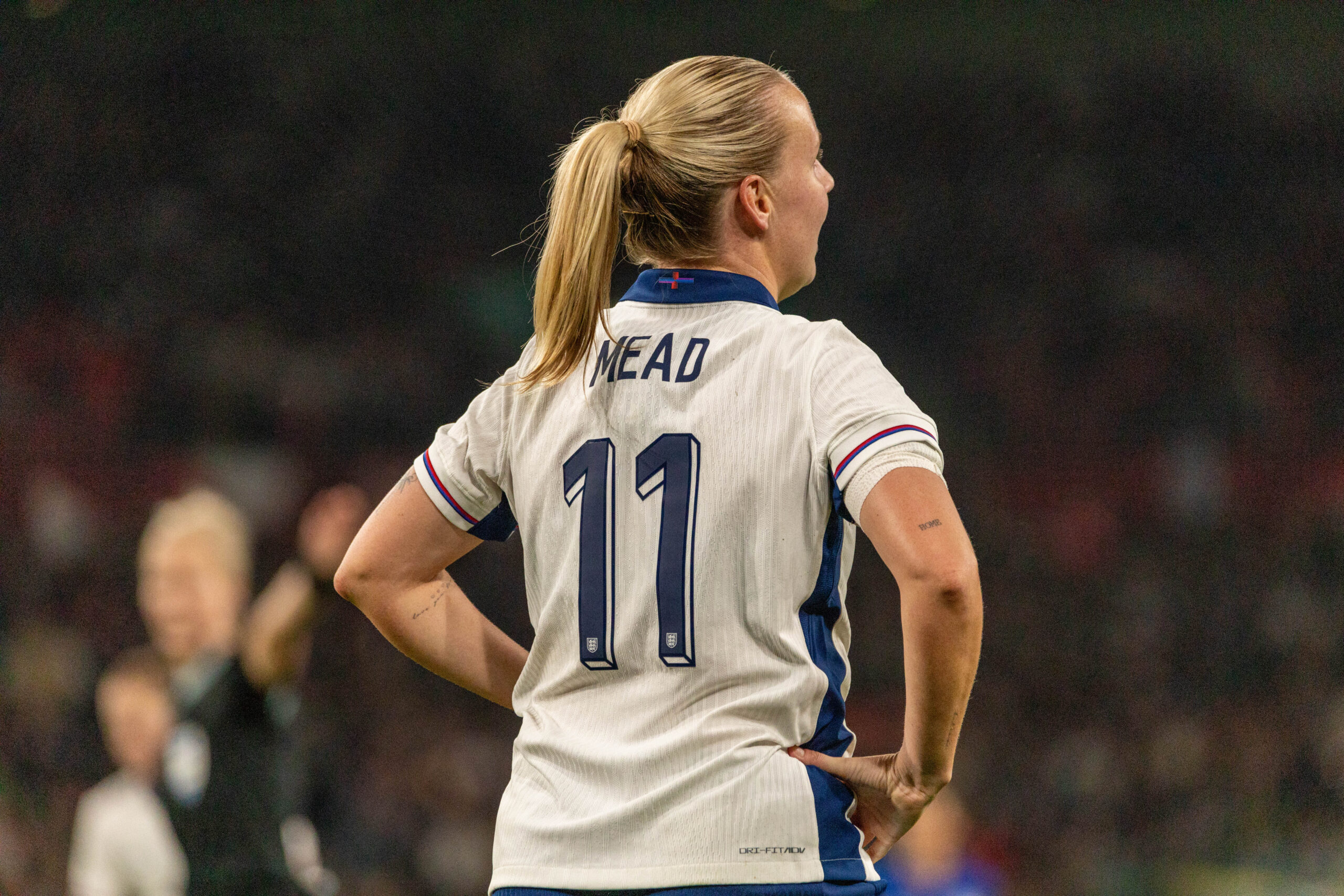In the ever-evolving world of women’s football, players are rewriting the script on what it means to be an athlete in the modern day. Beyond their outstanding performances on the pitch, many players are leveraging social media to build their personal brands, inspire current and future generations, and advocate for social change. Despite seeming positive, this growing online visibility has sparked a fascinating debate – are female footballers seen more as influencers rather than athletes?
The influence players have on the pitch is undeniable. Take the Lionesses for example. Six months after their historic Euro 2022 win, participation in girls’ football in England saw a surge of over 100,000 new players enrolled. That victory was more than just a trophy, it changed the game as we once knew it, driving a rise in grassroots participation numbers, media coverage and investment in women’s football.
But what difference can the players make off the pitch?
To truly tackle this debate, it’s important that we challenge the narrow view of what it means to be an influencer. Traditionally, when we think of influencers, we think of viral TikTok trends, product endorsements, or exaggerated stories curated for engagement. But in the context of women’s football, being an influencer can mean something far deeper as it’s about these women using their platforms not only to promote football, but to spark conversations, challenge the norms and bring attention to critical societal issues that are often overlooked.
Beth Mead for example, renowned for her skill and passion on the pitch, has taken to social media and used her voice to raise awareness about ovarian cancer after sadly losing her mum in early 2023.
Leah Williamson and Bethany England also normalise conversations about women’s health in elite football, openly discussing menstruation and endometriosis, issues that are still rarely discussed publicly, despite the impact they have on a significant proportion of the population.
Then there’s Amy James-Turner, who brings sustainability into the spotlight, seamlessly blending her football career with eco-conscious advocacy in a world grappling with climate change.
Saf Middleton-Patel, on the other hand, boldly shares her experience of being a neurodiverse athlete, encouraging greater inclusion in elite sports.
Other footballers who are also stepping up to champion change include Vivianne Miedema and Mary Earps who both encourage open and honest conversations around mental health, helping to challenge outdated stigmas and normalise asking for help.
Lotte Wubben-Moy has drawn attention to young people with hearing loss, amplifying their voices and ensuring they are represented in spaces where they are often overlooked.
Meanwhile, Ella Toone has established her own grassroots football academy, providing young children with opportunities to engage in the sport she loves, while fostering talent and passion in the next generation.
Being an influencer is more than something superficial. These female footballers demonstrate that being an influencer is about sparking conversations and advocating for change. They are proving that being an influencer isn’t limited to aesthetic content creation but can be deeply rooted in courage and societal transformation. In essence, they are influencers in the truest sense, because they dare to tackle taboo subjects with authenticity. They are shining a light on conversations that most people shy away from, and these examples only scratch the surface of what female footballers are doing.
So, are female footballers seen more as influencers rather than athletes?
Female footballers are, and must always be, athletes first. But it’s impossible to deny that any of these women are not influencers in their own right. The topics they all advocate for go hand in hand with the growth of women’s football as one would not exist without the other. Each female player embodies a modern duality where they are both athletes and influencers, leveraging both roles to champion their sport and advocate change. Their ability to connect with people online doesn’t dilute their talent, it amplifies their impact.
The sooner we stop seeing social media as a distraction and instead as a tool that has transformed how women’s football reaches its audience, the sooner we can truly start to embrace the change we’re seeing.
Women’s football has fought hard for recognition as an elite sport, and its players are proving that influence and athleticism can coexist. To reduce them to one label or the other misses the point. These women are athletes, influencers, advocates, and leaders. They’re kicking down stereotypes and shaping a future where football is more inclusive, visible, and powerful than ever. And that’s what truly makes them remarkable.
The future of women’s football isn’t coming. It’s already here.



